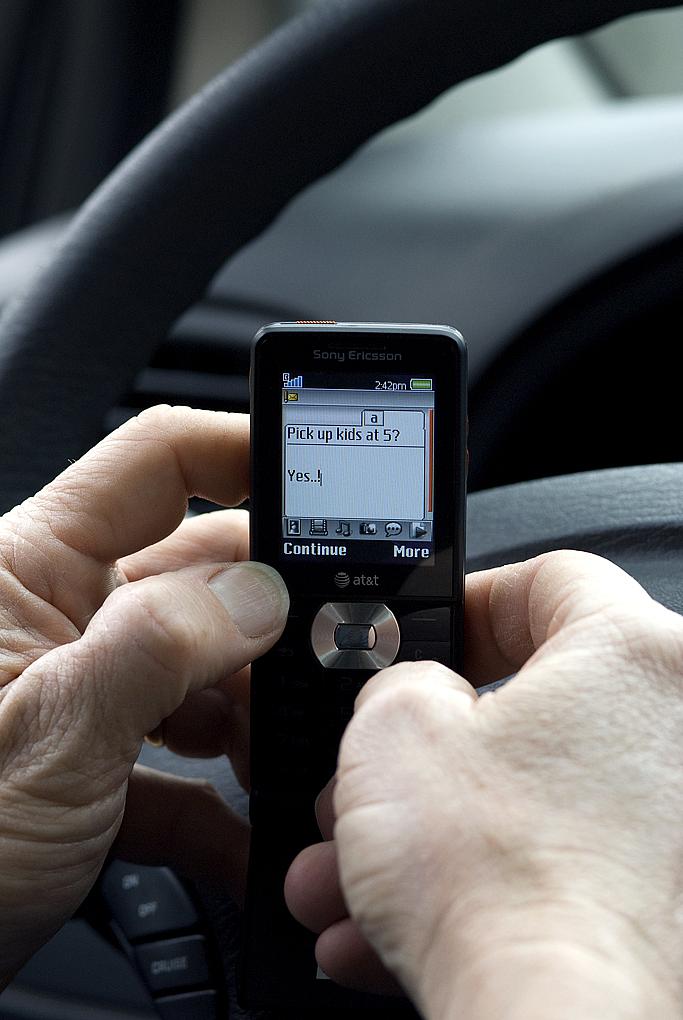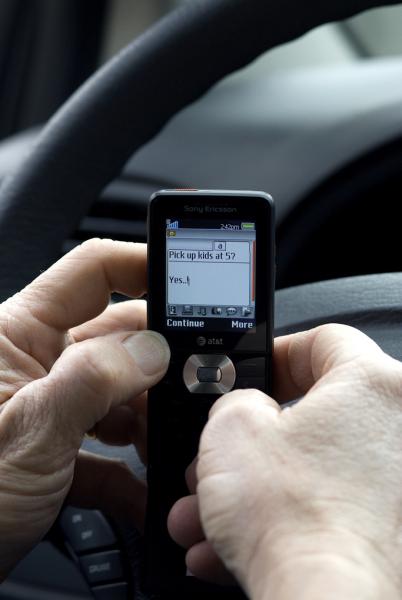The New DUI: Should Even Hands-Free Cell Phone Use Be Banned While Driving?

 The National Transportation Safety Board is urging states to ban drivers from using cell phones and other devices – even hands free – while driving to prevent deadly accidents. I'm imagining the reaction here in California, where we're addicted to our cars and our cell phones, and it's not pretty.
The National Transportation Safety Board is urging states to ban drivers from using cell phones and other devices – even hands free – while driving to prevent deadly accidents. I'm imagining the reaction here in California, where we're addicted to our cars and our cell phones, and it's not pretty.
The Washington Post's Ashley Halsey III reports on why the NTSB is calling for the ban after the agency's investigation found that texting was partly to blame for a horrific 2010 traffic accident that killed two and injured 38 in Missouri:
Distracted driving, some of it due to cell phone use, contributed to an estimated 3,092 deaths in highway crashes last year, according to the National Highway Traffic Safety Administration.
"No call, no text, no update, is worth a human life," said NTSB Chairman Deborah A.P. Hersman. "It is time for all of us to stand up for safety by turning off electronic devices when driving."
I'm having a bit of whiplash because of a study released Monday that suggested that the risk of accidents from cell phone chatting or texting while driving may be lower than previously reported. There's still controversy over whether bans on cell phone use or texting while driving truly reduce accidents or road fatalities, and research on the topic is mixed. Much of the debate has to do with study methodology and the difficulty of separating out distraction from other contributing factors like fatigue.
Still, the NTSB's recommendation offers a number of health and science angles that are worth exploring today and beyond. Here are some ideas to consider and some resources for your reporting:
1. Health care costs. A 2005 CDC analysis estimated that traffic fatalities cost $41 billion in medical costs and lost work days. Click here for costs in your state. What could be saved by reducing injuries and deaths related to talking or texting while driving?
2. The neuroscience of distraction and inattention. This National Highway Traffic Safety Administration report examines the research on types of distraction and inattention involved in traffic accidents. The age of the driver can influence whether they're more distracted by talking to a passenger, talking on a cell phone, or simply being lost in thought.
3. Distracted pedestrians. A recent study found that deaths of pedestrians distracted while they're walking are on the rise, even as driver/passenger fatalities are on the decline nationally. The New York Times' Matt Richtel reported on the phenomenon in the Pulitzer Prize-winning series "Driven to Distraction."
Reporting Resources
Cell Phone and Texting Laws: a state by state summary from the Governors Highway Safety Association
Driver Electronic Device Use in 2010: report from the National Highway Traffic Safety Administration
Distracted Driving: What Research Shows and What States Can Do: overview of research from the Governors Highway Safety Association
Driven to Distraction: A Pulitzer Prize-winning New York Times series on driving while distracted.
State-Based Costs of Deaths from Crashes: CDC state-by-state analysis of medical and work loss costs from traffic fatalities.
Photo credit: Oregon Department of Transportation via Flickr
